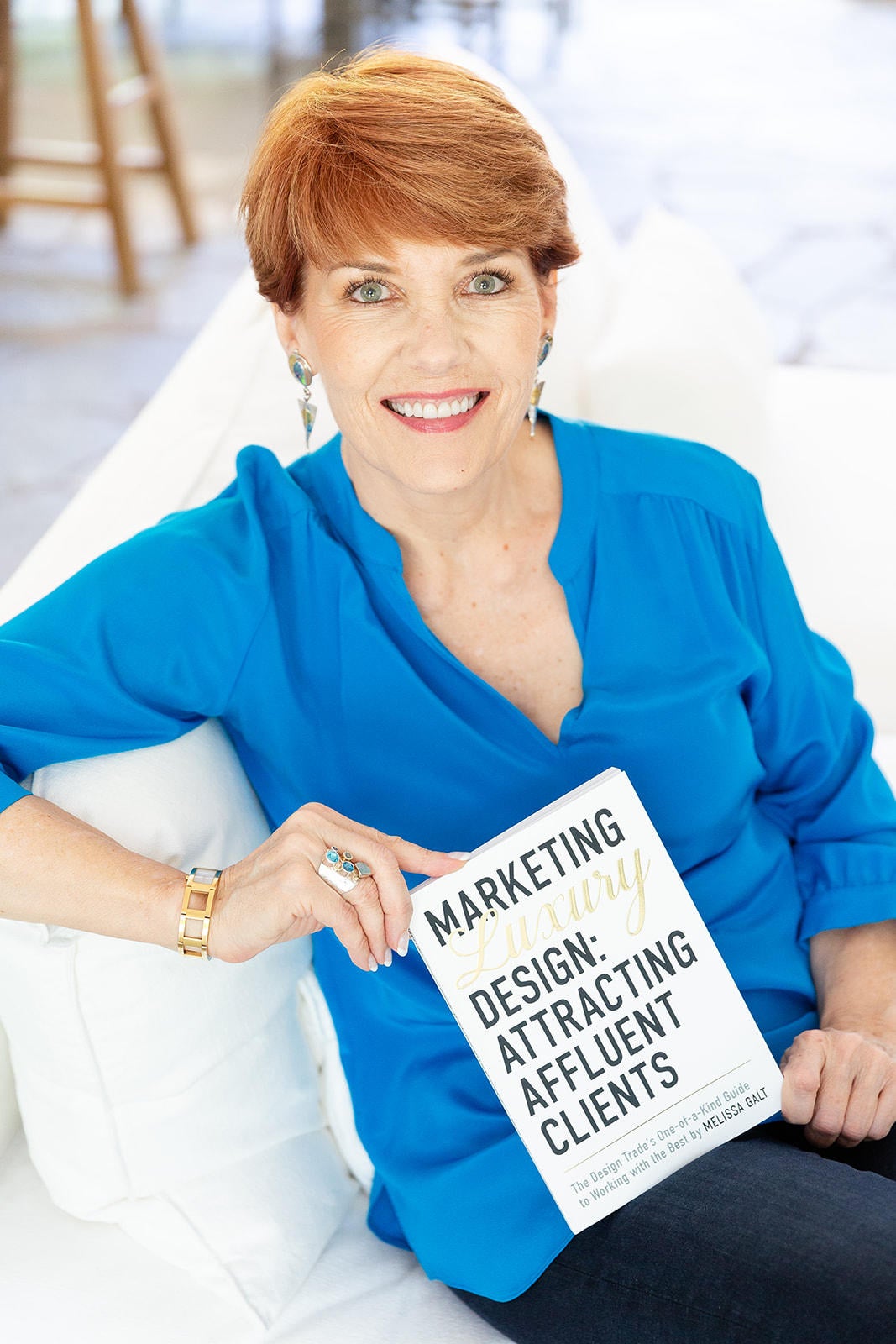After 30 years in the design industry, business coach Melissa Galt is fluent in the language of wealthy clients. In conversation with designer Kīyonda Powell, the two discuss Galt’s book on the topic of finding and connecting with members of the upper echelon.
For the first five years of her career as an interior designer, Melissa Galt kept her head down and focused solely on her clients and projects. When she eventually emerged and began circulating with other designers, she was surprised to find that she’d been outperforming her contemporaries— and she knew exactly why. “When we started to compare numbers, my results were five times the average, and it wasn’t my talent,” says Galt. “It was my systems, marketing and how I ran my business.”

Melissa GaltErica & Jon Hayes

Ready to dig in?
This article is available exclusively for
BOH subscribers and BOH Insiders.
BOH subscribers and BOH Insiders.
Want full access?










































